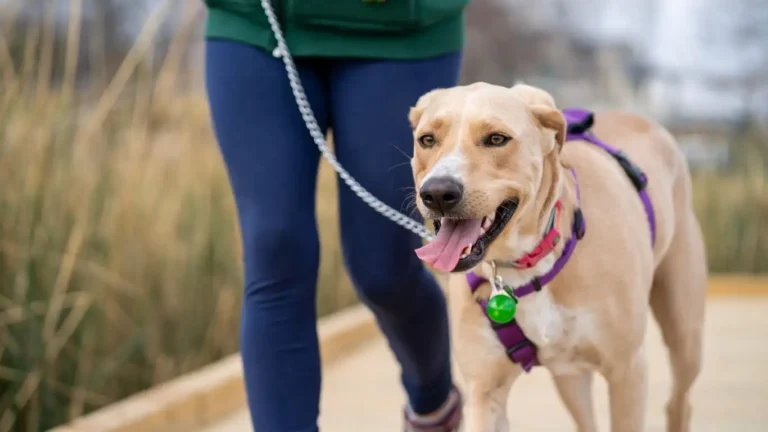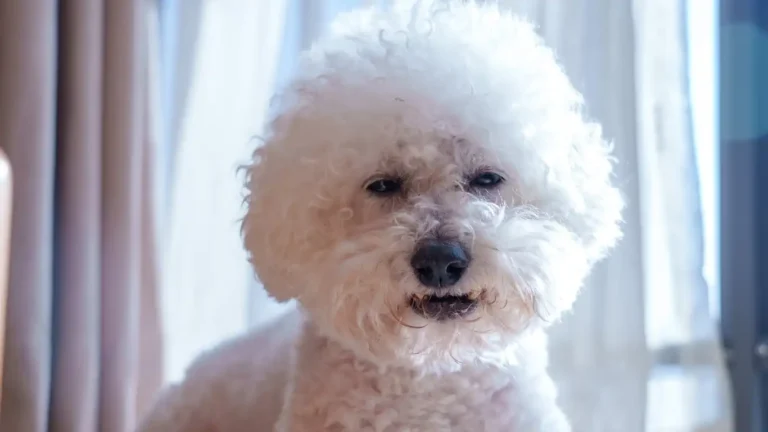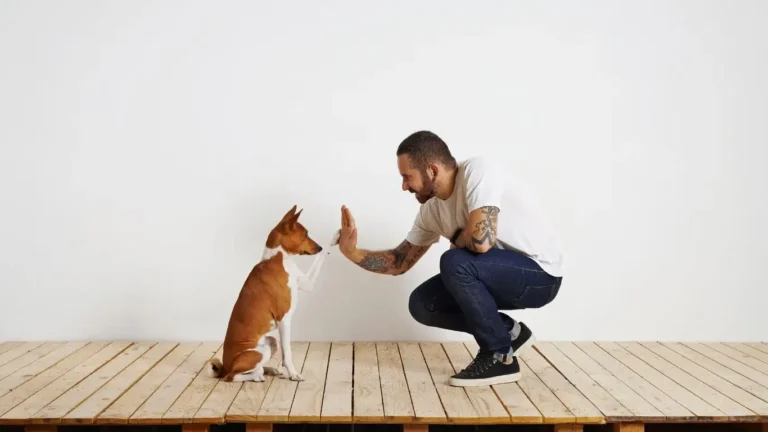How to Help a Dog Adjust to Crate Training Like a Pro
Crate training is an essential part of dog ownership, and it’s something I always recommend to pet parents. However, getting a dog to adjust to crate training can be a challenge, especially if your pup is new to the experience or has had negative associations with being confined. As a pet nutritionist and expert in animal behavior from my time working in veterinary clinics, I’ve had the privilege of helping many dog owners navigate this process. In this article, we’ll dive deep into how to help a dog adjust to crate training and make it a positive, comfortable experience for both you and your furry friend.
Understanding Crate Training: Why It’s Important

First things first: Let’s talk about why crate training is so important. Many pet owners think crates are just for when they leave the house, but in reality, they offer a safe and secure space for your dog when you’re around or not home. Dogs are den animals by nature, so having their own little sanctuary where they feel safe is a necessity. Crates provide comfort, prevent destructive behavior, and can also be helpful in housebreaking. So, even if it seems like an intimidating step at first, crate training really does have long-term benefits for both you and your dog.
Creating Positive Associations with the Crate
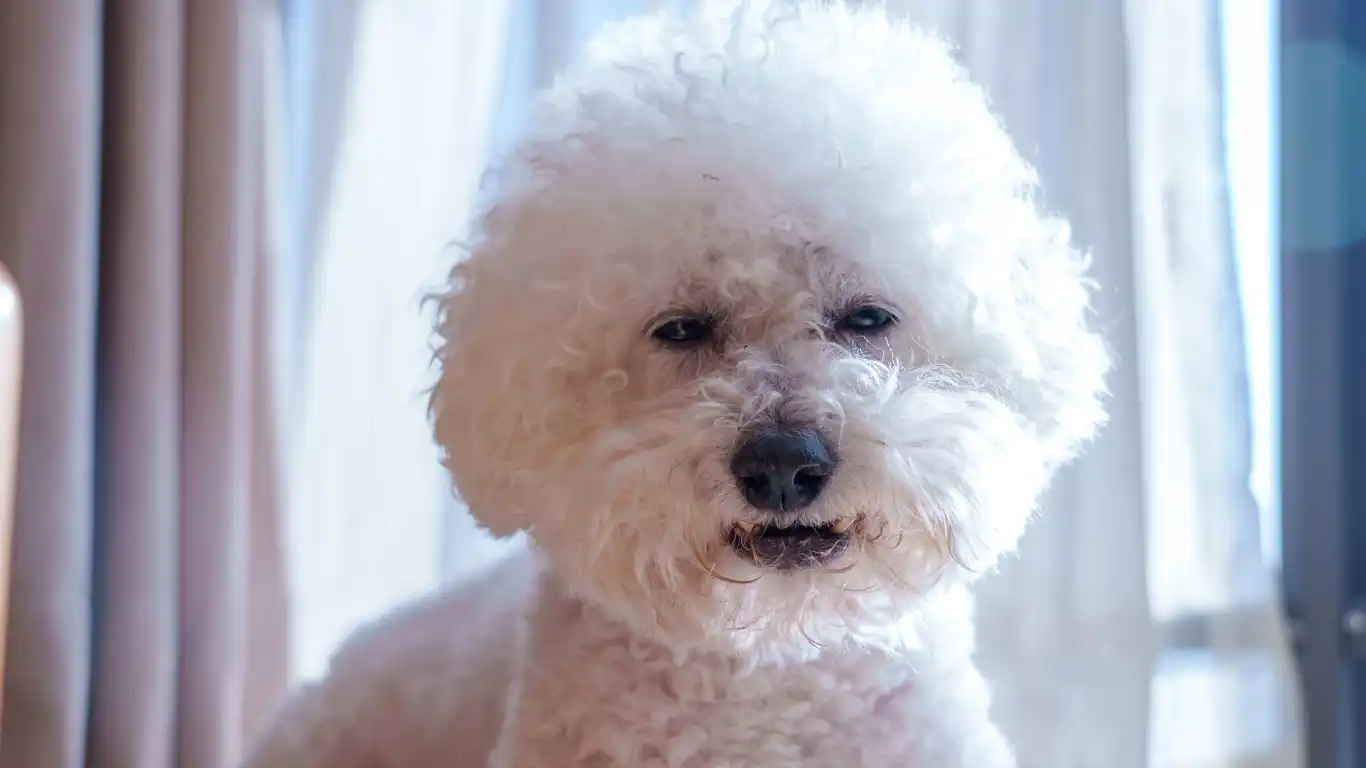
Before you can expect your dog to adjust to crate training, you need to build up a positive association with the crate. Think of the crate as a cozy, safe place where your dog can chill out, nap, or just relax. It’s not meant to be a punishment. If your dog sees the crate as a negative space, it’s going to be a battle to get them comfortable with it.
- Start slow: Don’t rush the process. Open the crate door and let your dog explore at their own pace. If they go inside willingly, that’s a win!
- Use treats: You can use their favorite treats to lure them inside the crate. Give them a few tasty rewards when they enter and exit to build a positive association.
- Give them toys: Crate training can be a breeze if you make it fun! You can give your dog special toys or a cozy blanket inside their crate to make it feel like their own personal space.
How to Help a Dog Adjust to Crate Training: Step-by-Step Guide
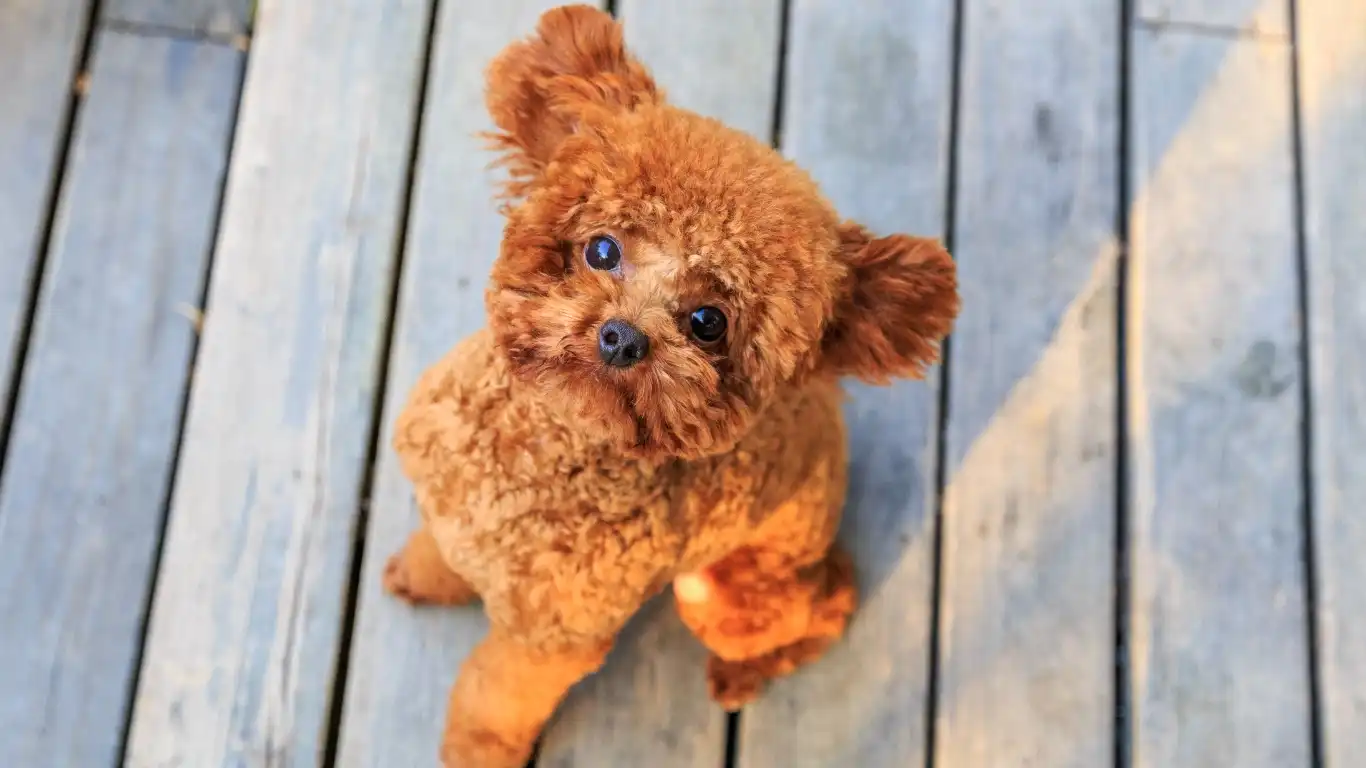
Now that we’ve got the basics down, it’s time to dive into the actual process of helping your dog adjust to crate training. If you follow these steps, you’ll be well on your way to creating a peaceful, well-adjusted dog who loves their crate.
1. Introduce the Crate Gradually
Don’t just shove your dog into the crate and close the door. That’s a surefire way to make them fearful of it. Instead, let your dog explore the crate on their own terms. Place it in a quiet room or in an area where your dog feels comfortable. Allow them to sniff around it and even go inside when they’re ready. Leave the door open, and don’t force them in.
2. Make the Crate a Positive Place
Once your dog is comfortable exploring the crate, make sure it’s a pleasant place for them to be. As I mentioned earlier, offering treats, toys, and even their favorite blanket can work wonders in making them feel secure. You can also feed your dog their meals inside the crate to make it more familiar. Dogs love routine, so incorporating crate time with positive experiences is key to building trust and comfort.
3. Start Closing the Door for Short Periods
Once your dog is willingly entering the crate, it’s time to close the door. But, here’s the trick: don’t close the door for too long at first. Start by closing it for just a few seconds and gradually increase the amount of time they’re inside. This helps them get used to being confined without feeling trapped or stressed. Always reward them for calm behavior during this time, and be patient if they seem a little hesitant at first.
4. Increase Time in the Crate Slowly
After your dog has adjusted to short periods of time in the crate, you can start increasing the duration. When I’m working with clients, I always tell them to practice during times when they’re at home so the dog doesn’t associate being in the crate with only when they’re left alone. Leave the room for brief periods, but always return before they start to feel anxious. This builds their confidence and trust that you’re not abandoning them.
At this point, you should be able to leave your dog in the crate for longer stretches, even when you leave the house. But remember, crate training is a gradual process, and patience is key. Always keep in mind that dogs need time to adjust, so be sure to keep a calm demeanor and remain consistent with your training. The more you practice, the more comfortable your dog will be in their crate.
5. Don’t Use the Crate as Punishment
One of the biggest mistakes people make is using the crate as a form of punishment. The crate should always be seen as a safe space, not a “time-out” zone. If you use the crate for punishment, your dog will begin to associate it with negative experiences, which can undo all the hard work you’ve done to create positive associations. Be sure to only use the crate for rest and relaxation—never as a place to “banish” your dog when they’ve misbehaved.
Crate training is a process, but with time and consistency, your dog will learn to love their crate. Just remember to be patient, positive, and encouraging throughout the entire process.
Recognizing and Addressing Common Crate Training Challenges

Even with the best preparation, crate training doesn’t always go smoothly. As a pet nutritionist and trainer, I’ve seen my fair share of struggles, and I want to be real with you about what you might encounter. Your dog may resist at first, or worse, they might develop some negative habits related to the crate. Don’t worry—these challenges are completely normal and can be overcome with patience, consistency, and a little creativity.
1. Whining and Barking in the Crate
If you’ve ever heard your dog whining or barking in the crate, it’s probably one of the most frustrating things to hear. I get it. It can feel like your dog is being dramatic, but in reality, they’re just trying to communicate their discomfort. Here’s the thing: whining isn’t always a sign of distress—sometimes dogs just want attention or are still figuring out their boundaries with crate time.
- Ignore the whining: One of the biggest mistakes people make is giving in to whining by letting the dog out of the crate right away. This only reinforces the behavior, teaching your dog that whining gets them what they want. I know it’s hard, but ignoring it for a few minutes will help your dog understand that barking or whining doesn’t lead to freedom.
- Comfort them before crate time: If your dog is anxious, try to give them some pre-crate time to relax. A short walk or some playtime before they go into the crate can help burn off excess energy and calm their nerves.
- Provide distractions: I’ve had great success with using puzzle toys or Kongs filled with treats to distract dogs. These can keep your pup occupied and help them relax while they’re in the crate.
2. Crate Training for Older Dogs
Sometimes, older dogs can have a harder time adjusting to crate training. If your dog has never been crated before or has a history of negative crate experiences, it’s important to take a more gradual approach. I’ve worked with many pet parents in these situations, and here are a few tips I’ve found helpful:
- Be extra patient: Older dogs are often set in their ways, and trying to rush the process can create more anxiety. Start slow, be consistent, and give your dog plenty of time to adjust.
- Health considerations: If your older dog has arthritis or joint issues, consider adding a soft cushion or mat inside the crate to make them more comfortable. You might also want to adjust crate time so it doesn’t put too much strain on them physically.
- Associate the crate with positive experiences: If your senior dog has had a negative relationship with crates in the past, this is especially important. Use treats, praise, and gentle encouragement to show them that the crate is a good place.
How to Deal with Separation Anxiety During Crate Training

Separation anxiety is another major issue that some dogs face during crate training. If your dog is particularly clingy or doesn’t like being apart from you, the crate can feel like a form of abandonment to them. As someone who has seen this firsthand in my veterinary clinic work, it’s critical to address this early on.
1. Gradual Departure Practice
One of the best ways to manage separation anxiety is to practice short, gradual separations. Start by putting your dog in the crate while you’re still in the same room, and gradually increase the distance between you. For example, leave the room for a minute, then return. Slowly extend the time you’re out of sight, but never leave them for long stretches at first. This will help your dog realize that being in the crate doesn’t mean you’re gone forever.
2. Calming Products
If you’re struggling with a particularly anxious dog, you may want to consider using calming products. There are sprays, diffusers, and even treats that contain natural ingredients like valerian root or melatonin to help your dog relax. I’ve seen these products work wonders in my clinic, but make sure to consult with your vet before introducing any new products to your pet’s routine.
3. Create a Predictable Routine
Dogs thrive on routine. If your dog knows what to expect and when to expect it, it can really help with anxiety. Crate time should be part of a predictable routine, including playtime, meals, walks, and quiet time. This sense of consistency can help your dog feel more secure when in their crate.
Introducing Crate Training to Multiple Dogs

If you have more than one dog, crate training can get a little more complicated. Each dog has their own temperament, so it’s important to introduce crate training for multiple dogs carefully. Here’s what I’ve found works best in these situations:
1. Separate Crates for Each Dog
Even if your dogs get along well, I always recommend having separate crates for each one. This gives them their own space and allows them to have a personal, safe environment. I’ve seen dogs who were fine together during the day but became anxious or jealous when sharing a crate.
2. Gradual Integration
If you’re introducing crate training to a new dog in a household with an already crate-trained dog, take it slow. Let the new dog get used to their crate without being pressured. If your current dog is crate-trained, allow them to set a good example, but don’t rush the process. Some dogs are natural “leaders,” and the new dog might be more likely to follow their lead if they see how calm and relaxed their crate time is.
3. Managing Crate Time Together
For households with multiple dogs, managing crate time can become a logistical challenge. Be sure to keep a close eye on how each dog reacts to being crated at the same time, especially if they have different temperaments. You may find that certain dogs need more individual attention, while others are happy to hang out quietly in their crates together. Flexibility is key in this scenario!
Crate training for multiple dogs requires patience and a keen sense of observation. Make sure each dog gets the attention they need to feel secure in their own crate. With time, they’ll both be able to relax and enjoy their crate time just like the rest of us!
Maintaining Crate Training Consistency: The Key to Success
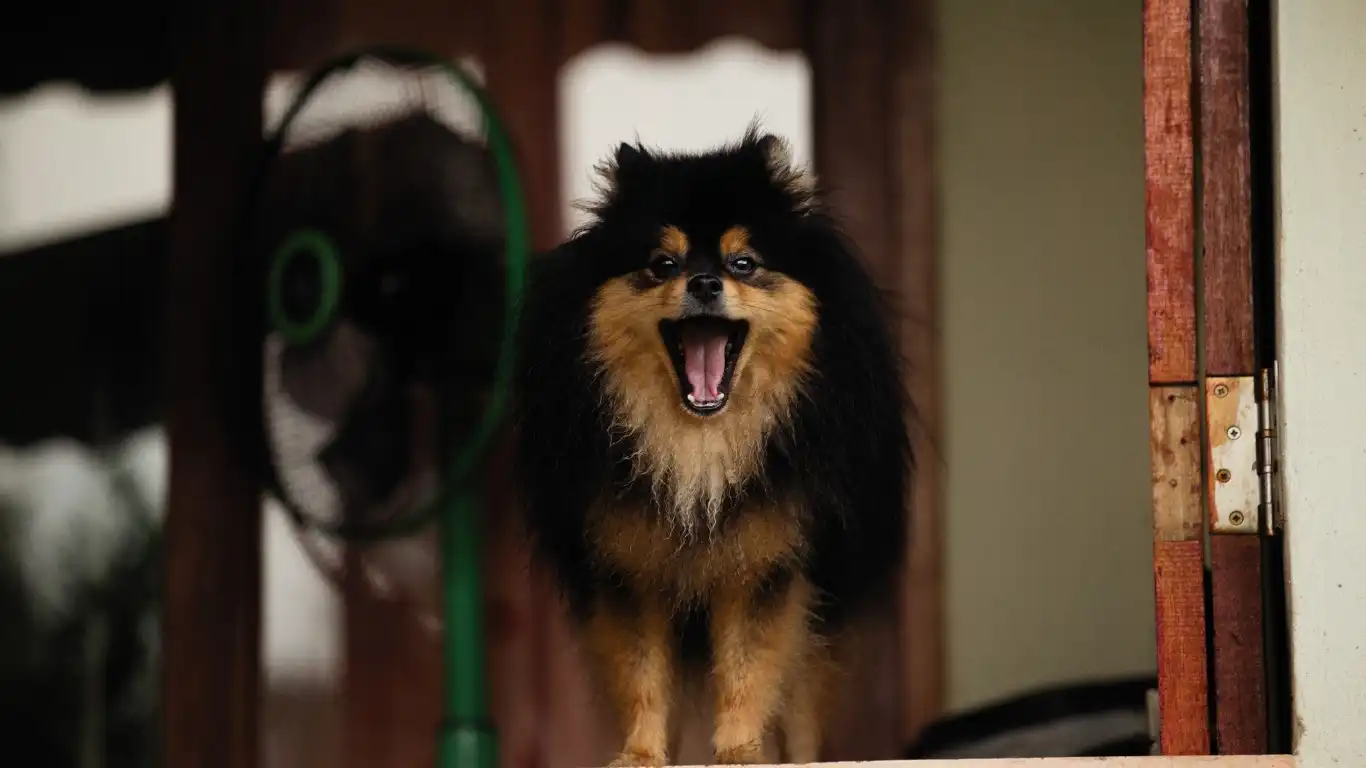
At this point, you’ve laid the groundwork for successful crate training. Your dog’s adjusting, you’ve worked through the bumps, and now, it’s all about keeping things consistent. As a pet nutritionist and animal behaviorist, I’ve seen so many cases where the crate training progress starts to plateau or even backslide. The reason? Inconsistent routines, not enough reinforcement, or sudden changes that throw your dog off track. Remember, crate training is not a one-and-done deal—it’s an ongoing process. Let’s dive into how to maintain consistency and reinforce the crate training you’ve worked so hard to establish.
1. Stick to a Routine
Consistency is crucial when it comes to crate training. Dogs thrive on routine. I can’t stress this enough. If you want your dog to feel comfortable in their crate, they need to know when they’ll be in it and when they won’t. A regular schedule helps them adjust and settle in more easily. In my experience, the most successful dog owners are the ones who set up a predictable routine for their dogs, including feeding, walks, crate time, and playtime.
Try to crate your dog at the same time each day, whether it’s for a short nap, a trip out of the house, or overnight sleep. This helps your dog understand that the crate is just another part of their normal daily routine, rather than an isolated event.
2. Avoid Overuse of the Crate
While a crate is a great tool, it’s important not to overuse it. Crates should be seen as a safe space for your dog, not a prison. If your dog is in the crate for long hours every day, especially if they’re not getting enough playtime, socialization, or exercise, it can start to negatively impact their mental and physical health. I’ve seen dogs that were crated too long start to show signs of anxiety or depression.
- Limit crate time: For adult dogs, aim for no more than 4–6 hours in the crate during the day, unless they’re sleeping through the night. Puppies, on the other hand, need breaks much more often, generally every couple of hours, since they have smaller bladders and higher energy levels.
- Provide enrichment: Use puzzle toys, interactive feeders, or something fun to keep your dog mentally stimulated while in the crate. This helps prevent boredom and encourages positive associations.
Crate Training for Travel: Making Your Dog Comfortable on the Go

Crate training isn’t just for at home—it can also play a huge role in making travel less stressful for your dog. Whether you’re taking a road trip or flying with your dog, having them comfortable in a crate during travel can make all the difference. I’ve had plenty of clients ask me about crate training for travel, and let me tell you, a well-trained dog can be a joy to travel with. On the flip side, a dog who is not crate-trained can become a real handful during long trips.
1. Introduce the Travel Crate Slowly
When it comes to travel crates, you’ll want to take things slow just like you did with their regular crate. Don’t expect your dog to hop into a new travel crate right away and be perfectly content. Start by letting them explore it while it’s stationary in your home. Then, you can gradually increase the time they spend inside it with the door closed, just like you did with their main crate.
If you’re going on a road trip, you might want to practice driving with your dog in the crate for shorter trips before embarking on longer journeys. This helps them get used to the motion and feel more secure. For air travel, you’ll need to start with the proper sized crate and get your dog used to it as early as possible, so they associate it with comfort, not stress.
2. Make the Travel Crate Comfortable
Just like with their regular crate, you’ll want to make sure their travel crate is cozy. A soft blanket, their favorite toy, and maybe even a piece of your clothing with your scent on it can make a huge difference in how your dog feels about traveling in their crate. If you’re flying, make sure to check with the airline about any specific crate requirements. Safety is key, and it’s better to be over-prepared than under-prepared!
How to Handle Setbacks: Don’t Panic, Stay Positive
Even with the best efforts, setbacks can happen. If your dog starts resisting their crate after making good progress, don’t panic. This is actually quite common, especially if there’s a change in routine or environment. I’ve had dogs that were completely fine with crate training for months, only to suddenly start protesting. The key here is to stay calm, keep working with your dog, and avoid making things worse with frustration.
1. Revisit the Basics
Sometimes, going back to the basics can help when your dog starts showing signs of regression. This might mean starting over with some of the positive association techniques, like giving treats or meals in the crate again. Remember that dogs are creatures of habit, and reinforcing those good associations can remind them that the crate is a good place to be.
2. Be Patient and Understanding
If your dog is suddenly anxious about their crate, it could be due to a variety of reasons: maybe they had a negative experience, or there’s a change in their routine that’s stressing them out. It could also be a sign that they need more physical or mental stimulation to help reduce anxiety. If needed, consider seeking professional help from a trainer who specializes in behavior issues or anxiety. In my experience, taking a gentle, patient approach always works better than forcing your dog into the crate when they’re uncomfortable.
3. Seek Professional Help if Necessary
If you’ve tried everything, and your dog is still really struggling with crate training, it might be time to get some expert help. There are plenty of certified trainers who specialize in crate training, anxiety, and behavioral issues. I’ve worked alongside many skilled trainers, and they’ve helped clients address deep-seated fears or behaviors. Having an expert in your corner can be a game-changer when you feel stuck.
Disclaimer
As with any training method, crate training should be tailored to your dog’s specific needs, temperament, and circumstances. Every dog is unique, and what works for one dog might not work for another. Always consider your dog’s physical and emotional well-being throughout the training process. If you have concerns about your dog’s behavior or if you encounter serious issues like extreme anxiety, aggression, or regression, consult a professional trainer or a veterinarian.
References
For more information on dog behavior and crate training, you can visit our website at PawPatron.org, where we have helpful guides, expert tips, and a community of pet parents who share their experiences. Our experts also offer personalized consultations if you need extra help with your dog’s crate training journey.
